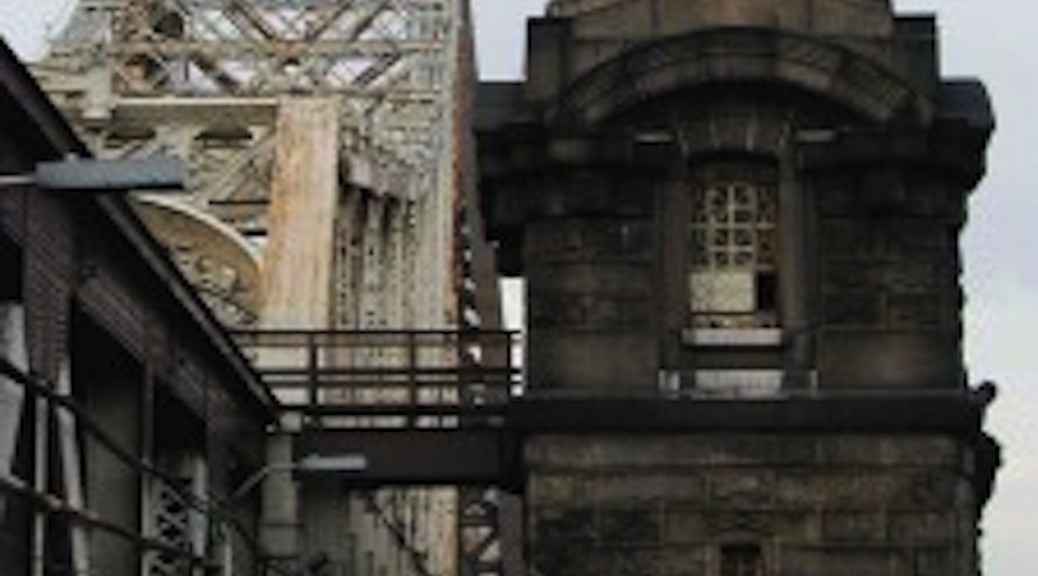After one strange year in Bensonhurst, I have relocated to Greenpoint, along with a roommate. Our new place is an ancient railroad with bad wiring and brittle drop ceilings and no ventilation to speak of. But it is closer to where things are happening, which is enough at my current age.
The new apartment has a little area that could serve as a living room, provided we had a couch, which we do not. Neither of us are in a position to drop big bucks on furniture, but we fall ass-backwards into a couch when my roommate’s uncle informs us he bought one he doesn’t like or can’t use; he apparently dislikes the couch so much, he can’t decide exactly why he doesn’t want it. If we want to come get the couch, it’s ours. I can’t conceive of someone who’d just give away a couch, but if that’s what this man wants to do, who am I to stop him?
We rent a U-Haul, and realize when we pick the truck up that we’ve acquired way more truck than we need. It’s not a van, but a real truck, with a lift gate in the back and an overhang that extends across the cab, and a clearance height notice printed backwards so you can see it in your rearview.
I’ve driven a U-Haul in the city before. The first time came when I relocated post-college. That mission went off without a hitch, apart from the moment when I had to stop short on the Verrazano Bridge and heard all my earthly possessions shift, fall, and crash behind me. I also U-Hauled all of our stuff from one end of Brooklyn to the other when we moved to Greenpoint. That too went well, except for when I went to gas up the truck just before returning it and backed it into some dude’s van. Also on my driving résumé: negotiating band vans through city streets (high school–present), owner of an angry little Passat with manual transmission (1999–present). Therefore, I outrank my roommate in city driving experience. It falls to me to get this truck to his uncle’s apartment in Manhattan and back again.
The key to driving a truck in the city is to remember that you are bigger than pretty much everything else and you should act accordingly. Being timid and safe, pulling half out into traffic or stopping to allow a little sedan to move past you, that’s how pile ups happen.
